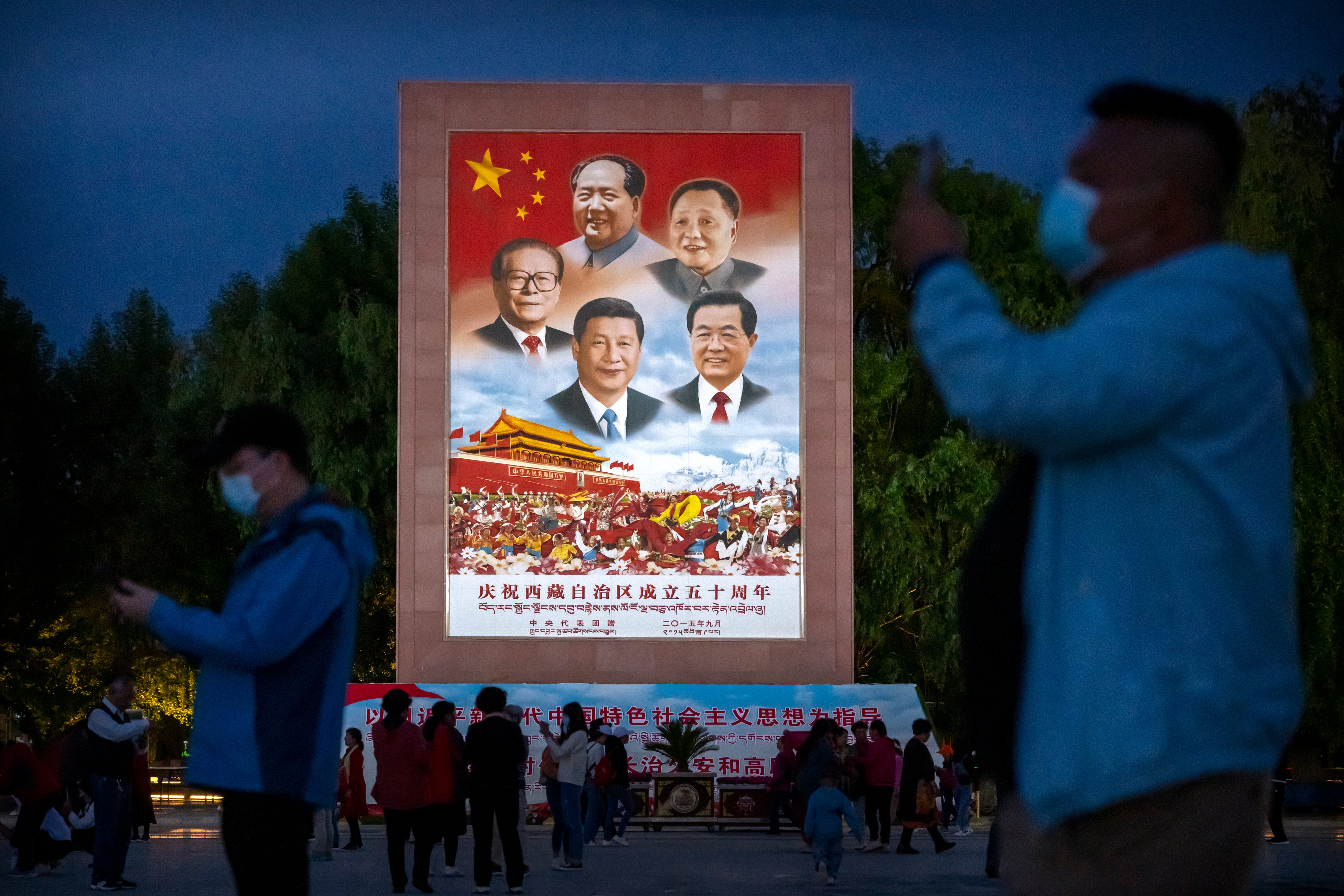AP PHOTOS: Tibetan traditions threatened by politics, growth

Your support helps us to tell the story
From reproductive rights to climate change to Big Tech, The Independent is on the ground when the story is developing. Whether it's investigating the financials of Elon Musk's pro-Trump PAC or producing our latest documentary, 'The A Word', which shines a light on the American women fighting for reproductive rights, we know how important it is to parse out the facts from the messaging.
At such a critical moment in US history, we need reporters on the ground. Your donation allows us to keep sending journalists to speak to both sides of the story.
The Independent is trusted by Americans across the entire political spectrum. And unlike many other quality news outlets, we choose not to lock Americans out of our reporting and analysis with paywalls. We believe quality journalism should be available to everyone, paid for by those who can afford it.
Your support makes all the difference.The name Tibet conjures up images of snowy peaks, vermillion temples and prayer flags snapping in the Himalayan wind. Those features remain, but the religious and cultural foundations underpinning them appear to be coming unstuck.
Long defined by its Buddhist culture, the region is facing a push for assimilation and political orthodoxy under China’s ruling Communist Party. Tibetans and other minorities are seeing the use of their languages downgraded in schools and old ways of living eroded for the promise of better quality of life through mobile phones, online shopping, higher education and improved health care.
Political conformity is enforced through relentless surveillance of people’s social interactions in actual life and online. Religious practices that once dominated the region have been excised from daily living and the aging Dalai Lama the spiritual leader of Tibet who has lived in exile since 1959, is portrayed as a figure of scorn, when he’s even acknowledged at all.
Chinese tourists have flocked to Lhasa the capital, and it’s environs, despite the high altitude that requires many to rely on canned oxygen. They mix with Tibetans making rare pilgrimages that include devotional laps around Jokhang Temple, the cathedral of Tibetan Buddhism.
A must-go spot for visitors is the stone-paved square at the base of the Potala Palace the former home of the Dalai Lama and his predecessors that is now a museum. As tourists pose and college graduates use it as a backdrop for class photos, its inert status serves as a reminder of the political issues enveloping Tibet.
Over the centuries, Tibet evolved from a collection of kingdoms to something like a unified state that accepted suzerainty under successive Chinese imperial dynasties that ruled until 1912. Full Chinese control came after the Communist Party took power in 1949 and sent troops to overcome Tibet’s feeble defenses in 1951.
The government says it has brought development to a region long left behind. Critics say the exploitation of Tibet’s natural resources, environmental degradation and an influx of migrants from China’s majority Han ethnic group cannot be sustained.
Lhasa has seen a burst of new construction, nomads have been settled in model villages and the military’s presence has been boosted to assert China’s claim to territory held by India, with whom China last year came to blows over their disputed frontier on Tibet’s southern border.
On a rare government-led tour of Tibet, Associated Press journalists saw modernization of highways and a railway to the Chinese heartland, schools that teach in Chinese under portraits of Chinese leader Xi Jinping and signs of an emerging urban middle class including both Tibetans and Han Chinese.
Under myriad pressures, Tibet’s identity faces possibly the greatest threat in its history. Like the flapping prayer flags, its fate lies in the wind.